For decades, Americas were able to cheaply fix many of their car problems—but advanced technology is forcing higher costs and more expertise.
CASA GRANDE, Ariz.—Given the choice between a sporty new Chevy Corvette and his 1963 Dodge 330, Bob Hughes will take the 60-year-old classic any day.
The simplicity of automotive design from yesteryear has its virtues, Mr. Hughes said, relaxing in a lawn chair next to his former “daily driver” at the Thunderfest Car and Bike Show in Casa Grande, Arizona, on Nov. 4.
“You can change the plugs—you can see the plugs—which is something you can’t do on most new cars,” he said.
“I built this thing from nothing. It was a $75 body when I bought it.” That was in 1970.
All around the big parking lot were classic hot rods and muscle cars—tricked-out mechanical masterpieces from when vehicles were easy to work on if you had the tools and the skill.
It isn’t the same with newer automated vehicles, vintage and classic car enthusiasts say.
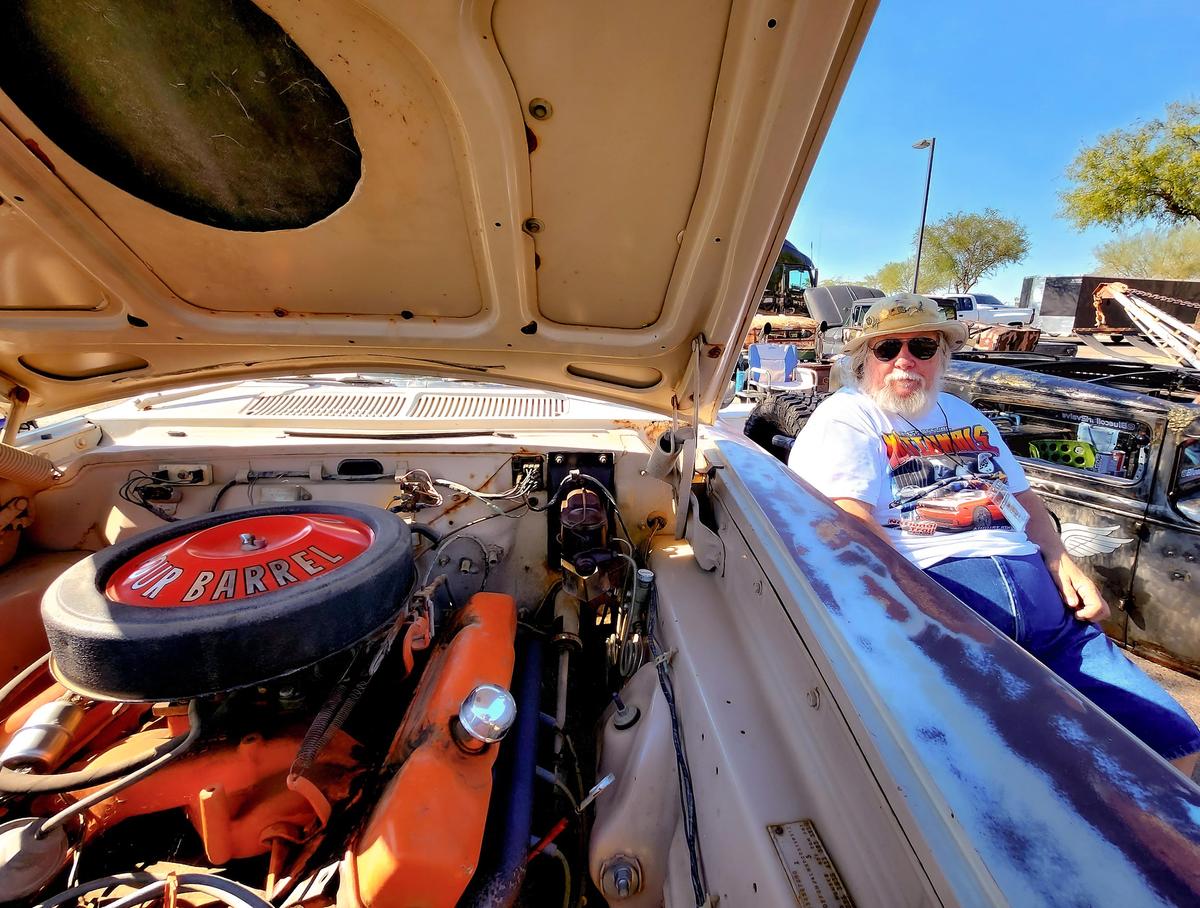
“For one thing, the electronics can screw you up,” Mr. Hughes, 76, told The Epoch Times.
“You mess up the electronics by arcing the battery. I’ll walk before I buy an electric vehicle. And I can’t hardly walk at all.”
Mr. Hughes of Casa Grande isn’t alone in criticizing the new car technology.

Mary Jo McDonald, a senior from Glendale, California, held similar views as she sat under an umbrella watching over her husband’s 1959 Pontiac Bonneville convertible with the hood open.
She said comparing vintage cars and newer models is like comparing cats and dogs.
“My husband is an electrical engineer. But the new stuff? It’s like Star Wars,” Ms. McDonald said.
Though her husband, Donald, has tried working on the newer cars, he’s been having trouble “getting all the bells and whistles to work,” she said.
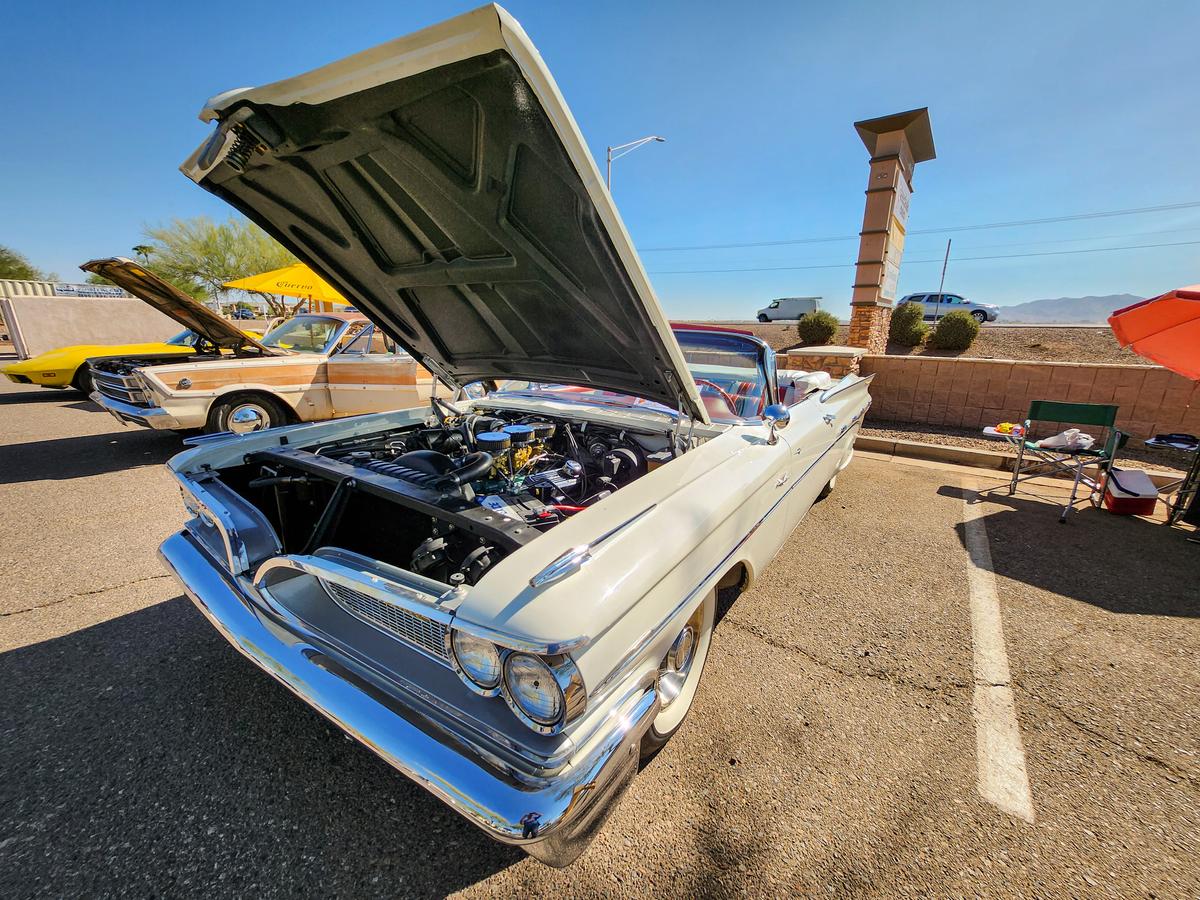
“It’s complicated. You can figure out how the older vehicles come together and come apart. This car, he completely tore down and redid the whole thing.”
“There’s no comparison,” Ms. McDonald told The Epoch Times. “There are definite advantages to the new technology. But being in my 80s, I would rather have it the old way.”
According to national insurance company Progressive, the main differences between old and new vehicles are in their design, components, handling, and safety.
“Modern engines are much smarter, smaller, more powerful, and more efficient than older ones,” Progressive’s website states.
“Since they lack automated features, classic cars have a more hands-on driving experience, and they can be easier to work on yourself. And while newer cars will depreciate with age, classic car values tend to appreciate due to supply and demand, especially for well-maintained cars.”
The merger of automation and vehicle technology has taken decades since German carmaker Volkswagen introduced the first vehicle using a transistorized, electronically controlled fuel injection system in 1968, according to Chipsets.com.
The following year, Ford introduced the company’s first computer-controlled anti-skid braking system. Chrysler vehicles now feature Electronic Engine Control (EEC) technology introduced in 1973.
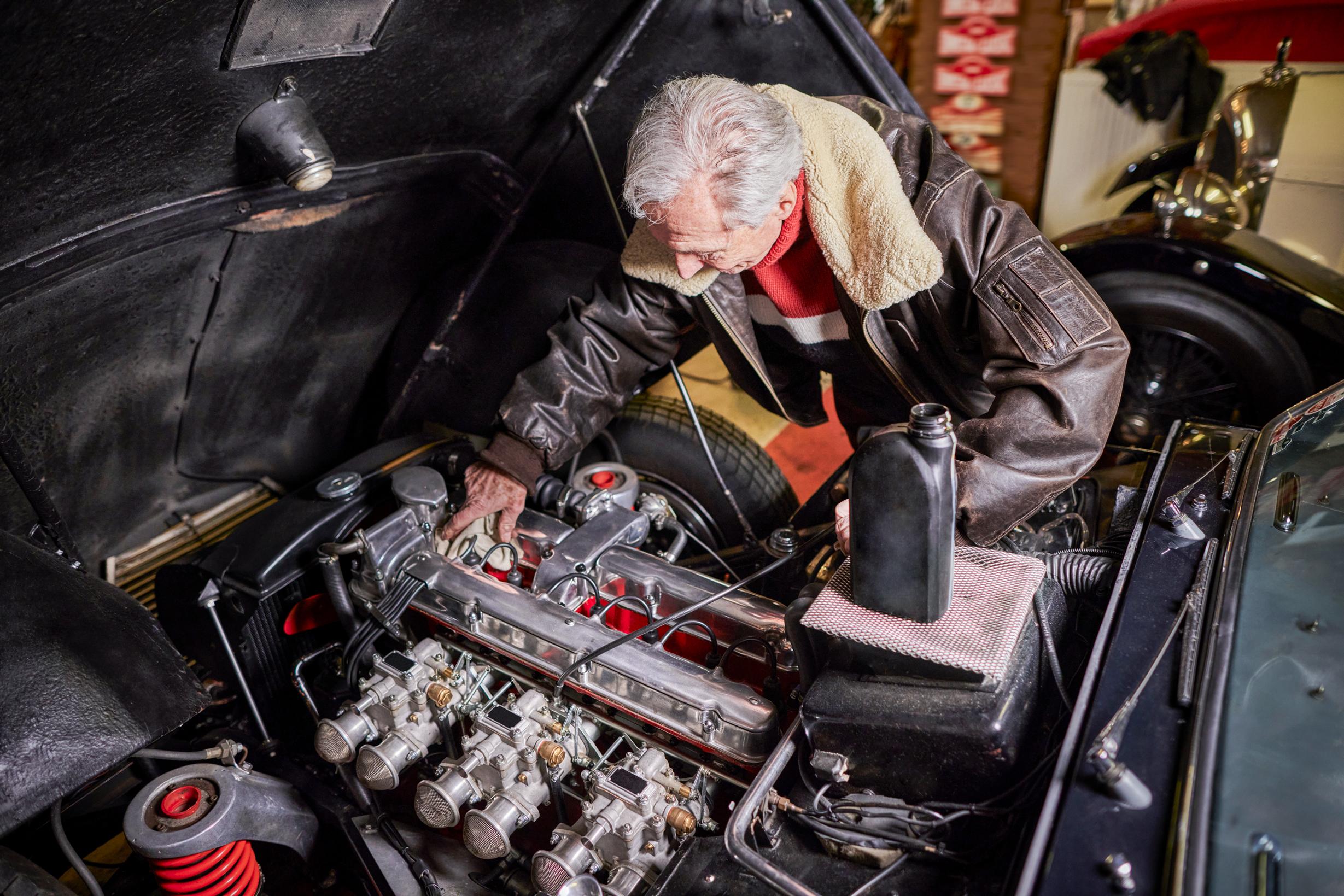
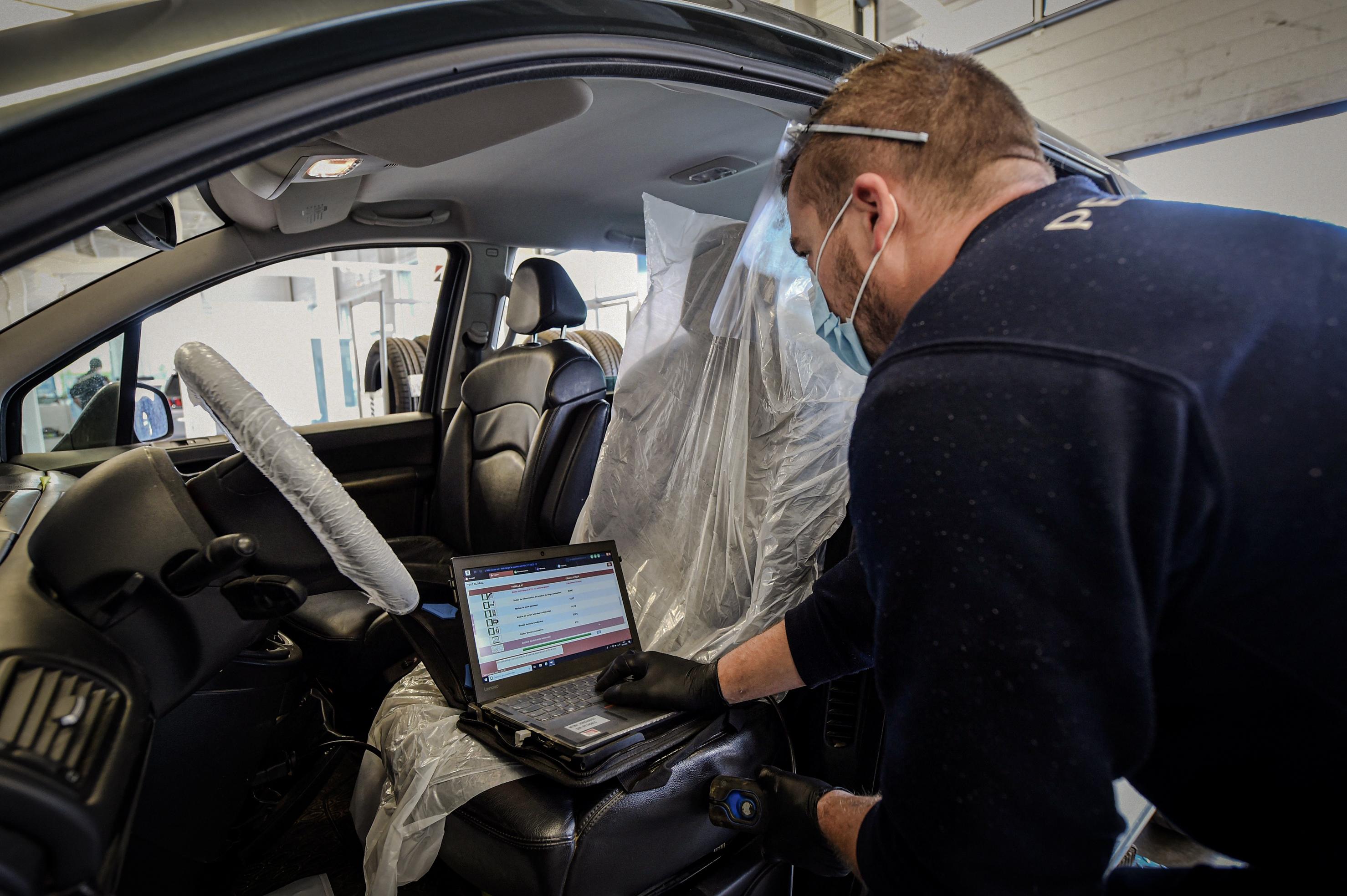
(Left) A man works on the engine of a classic vintage car. (Right) A mechanic uses his computer to diagnose a breakdown on a car at a Peugeot dealership, in Illiers-Combray, central France, on May 4, 2020, (Oliver Rossi/Getty Images, JEAN-FRANCOIS MONIER/AFP via Getty Images)
“Have you noticed a change in the picture you see under the hood of your car?” the Drivin’ & Vibin’ Team wrote in a May 27, 2022, online article.
“Vehicle repairs are certainly a lot more complicated than they used to be a couple of decades ago, and for a good reason.”
Compared with vehicles manufactured before 1990, newer cars and trucks have fewer moving parts, and they have onboard computers that control most engine functions, making things more complicated.
“It takes a lot more schooling to educate a professional mechanic properly,” the Drivin’ & Vibin’ Team wrote. “When designers came up with new car concepts back in the day, they focused more on making the vehicles easy for the typical owner to repair.
“Engineers designed vehicles to have more open space under the hood, and they had fewer electrical components to manage.”
Travis Rees-Fleming, 38, of Snowflake, Arizona, said he prefers simpler auto technology to the newer vehicles.
His 1962 Ford Ranchero was his favorite car.
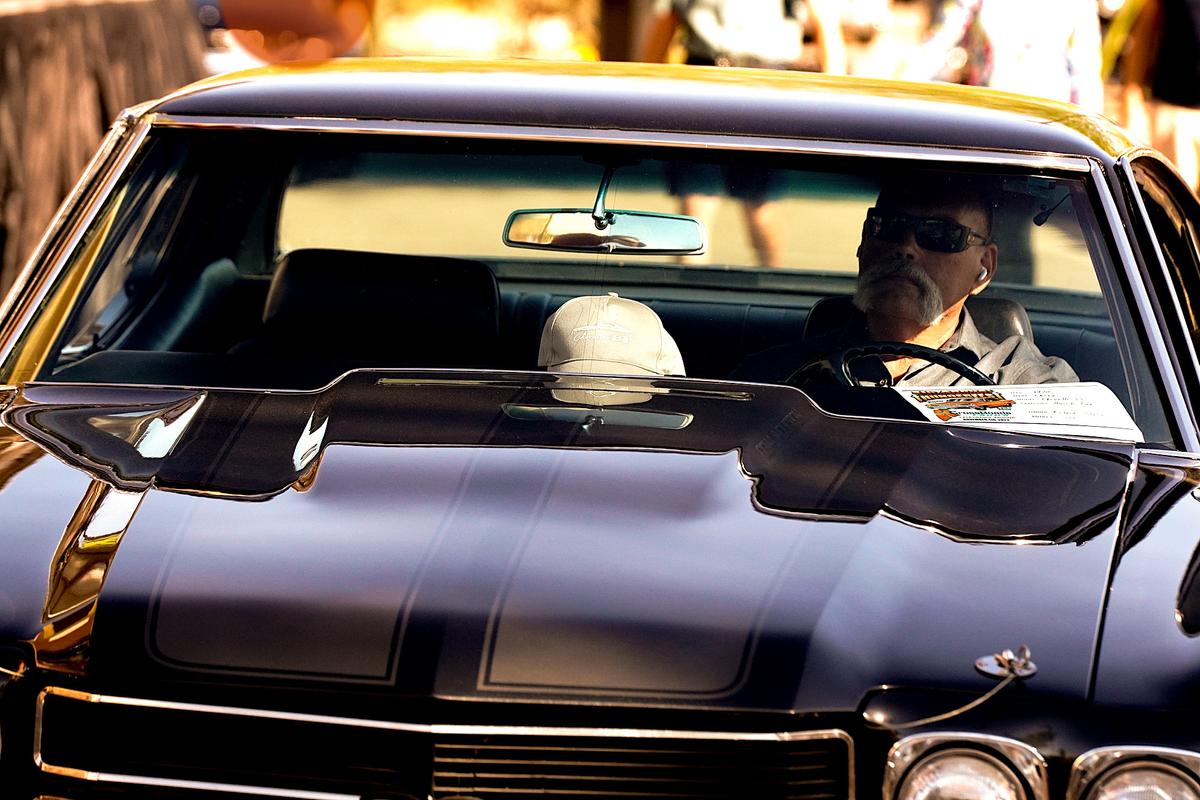
“I’ve owned more cars than I have fingers,” Mr. Rees-Fleming said. “Other than oil changes, I don’t do any maintenance on the newer cars due to the increased amount of electronics they put into them.”
He said having in-laws who own an automotive repair shop makes repairs more convenient. But even they’re finding it more challenging to hire technicians with the skill set to fix newer vehicles.
“On top of that, you have the updated computer programming. You have to lease from the companies to be able to service their vehicles,” Mr. Rees-Fleming told The Epoch Times.
“It makes them harder to keep on the road if they have electronic issues. It can leave people stranded—dead in the water.”
“Up here, with the rats, if they chew through even one wire, your vehicle is down. You’ve got to get a tow to a dealership. The local service shops need technicians to work on those cars.”
Supply chain issues mean repairs take longer to complete. The average turnaround for body shops is 30 days, Mr. Rees-Fleming said.
He said it can take even longer with electric vehicles using complex lithium-ion batteries because of a lack of infrastructure to support them.
“We also run into battery shortages, mineral shortages, and charging stations,” he said. “Even with self-driving technology, there will be issues with vehicles not sensing certain roads,” he said.

When the batteries finally lose their charging capacity, replacing them can cost anywhere from $3,000 to $8,000 for a hybrid vehicle.
AAA said the average yearly cost of owning and operating a new vehicle in 2023 is $12,182.
“This is a sharp increase from 2022, when the average yearly cost was only $10,728, or $894 monthly,” AAA’s website stated.
Robert Kennedy, assistant professor of Transportation Technology at the New England School of Technology, said auto manufacturers have focused on making their technology safer—not to make things more difficult for the consumer or small auto repair shops.
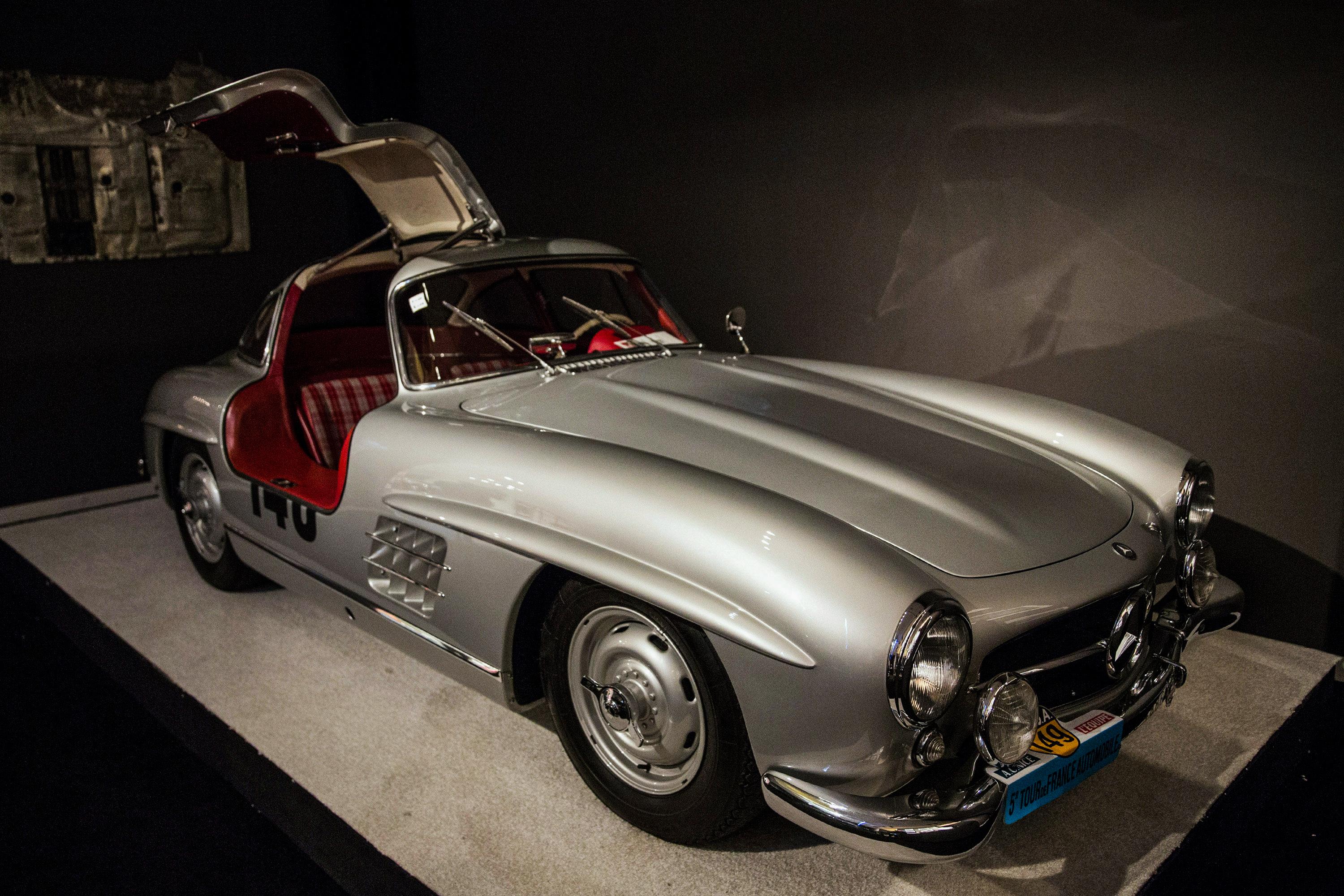
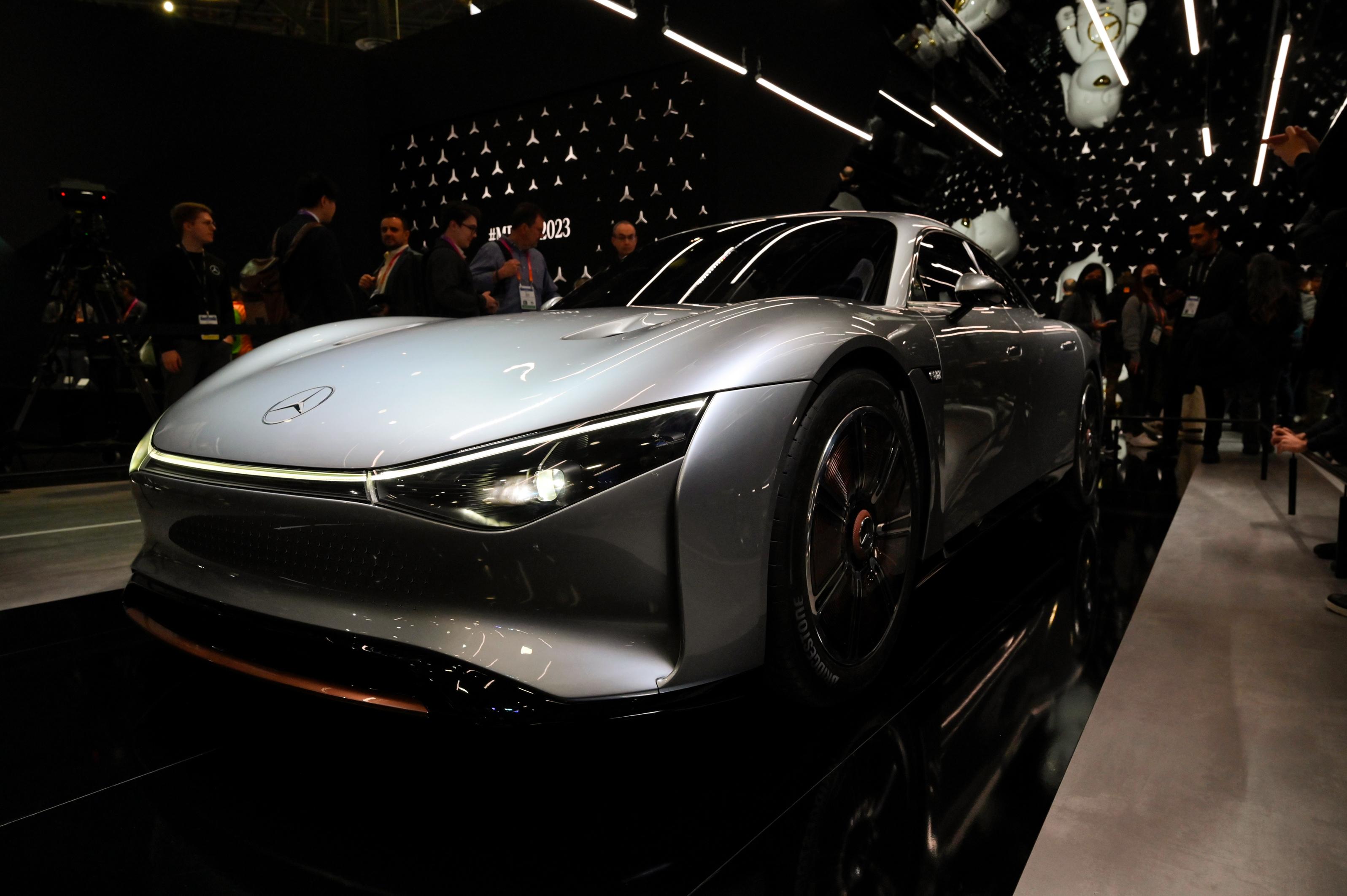
(Left) A 1955 Mercedes-Benz 300 SL ‘Sportabteilung’ Gullwing sits on display at Sotheby’s before an auction in New York City on Dec. 4, 2015. (Right) The Mercedes-Benz VISION EQXX working concept electric vehicle is displayed at the Las Vegas Convention Center in Las Vegas on Jan. 5, 2023. (Andrew Burton/Getty Images, David Becker/Getty Images)
“As technology advances, do-it-yourselfers are finding that they